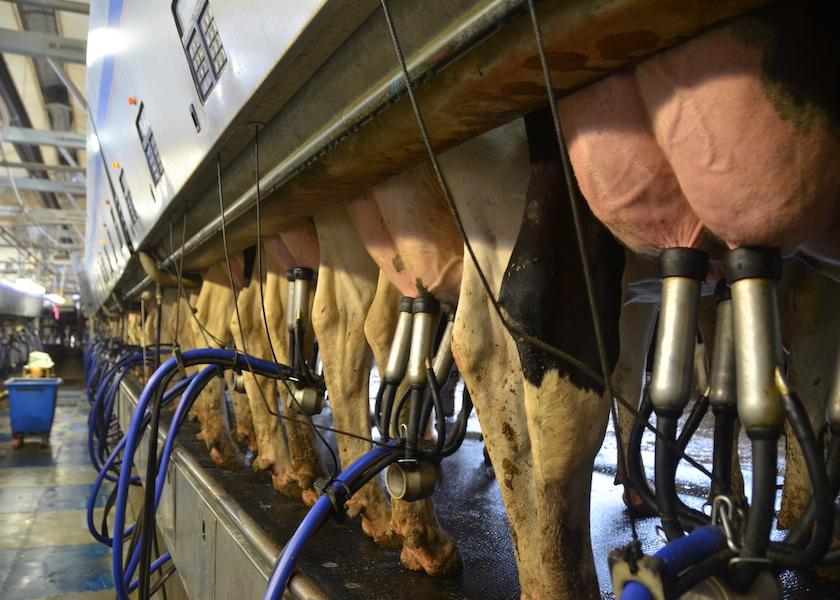Can Somatic Cell Counts Get Too Low?

Somatic cell counts (SCC) have long been an indicator of milk quality and udder health. Additionally, processors are willing to pay a premium for milk with lower SCC levels. But can a cow’s SCC get too low? Amber Yutzy, assistant director of animal systems at Pennsylvania State University weighs in.
According to Yutzy, somatic cells are white blood cells that fight infection and repair tissue damage. When the udder is infected, white blood cells move to the udder and into the milk to defend against the invading bacteria. This process is very important; without it, the elimination of even mild cases of mastitis would be very slow, with tissue damage increased.
While lower SCC levels tend to spell higher profitability for dairy farmers, Yutzy notes that some producers fear that cows with significantly low SCC levels may have a compromised immune response to bacteria.
“Ideally, an individual cow cell count should be between 100,000 and 150,000, Yutzy states. “With a count below 50,000, there is some evidence that cows respond more slowly to infection.”
As farms continue to lower their bulk tank SCC below 100,000, they tend to increase the number of low cell count cows in their herd. However, cows with a lower immunity may have an increased risk of clinical mastitis. While the risk of mastitis is elevated, Yutzy does not seem concerned.
“The benefits of having a low SCC far outweigh the risks,” she says. “The answer is not to increase your SCC but to maximize immunity and keep cows in the best environment possible.”
Yutzy goes on to note that low SCC herds usually have low levels of contagious bacteria and limit the spread of that bacteria with good milking procedures and management practices. However, when these herds do get an infection, it is usually environmental. These organisms are opportunistic, not invasive, meaning most animals who get these infections are immune suppressed or stressed, such as dry cows or early lactation animals. Low SCC cows are not more susceptible to environmental organisms, but clinical signs tend to be more visible and grab the attention of producers.
Tips to Keep SCC Low
While individual cows with low SCC levels may have a suppressed immune system, it’s still important to focus on lowering your SCC score. According to the University of Minnesota, there are some simple and practical steps you can take to help lower SCC on your farm. These include:
Looking at individual cow reports - This can help you pinpoint problem cows and potentially make culling decisions.
Controlling contagious infections - Move infected cows to a different area of the barn or into a different pen. Keeping these cows separate is crucial to reducing the spread of contagious organisms.
Controlling environmental infections - Make sure milking equipment is kept clean and spray off any equipment that may get dirty during milking. Taking the time to make sure teats are fully clean will also make a huge difference in the presence of environmental organisms.
Additionally, add more bedding to stalls or packs and change bedding more often. It could be worth it to bed twice a day if you notice cows are getting wet and dirty.
Culturing your milk - Get a sample milk culture to determine what you're really fighting. Start with a bulk tank culture to find out if the problem is environmental, contagious or something else. The results will narrow down the strategy you should use to combat the issue.
- Take bulk tank samples on multiple test days to get the clearest picture of what you're dealing with. Sometimes one organism can overwhelm the plate so much that other present organisms won’t even show up.
- Look for consistent culture results to narrow down the problem.
- Consider culturing some cows individually, especially those that consistently have high SCC or have new infections.
For more on milk quality, read:







